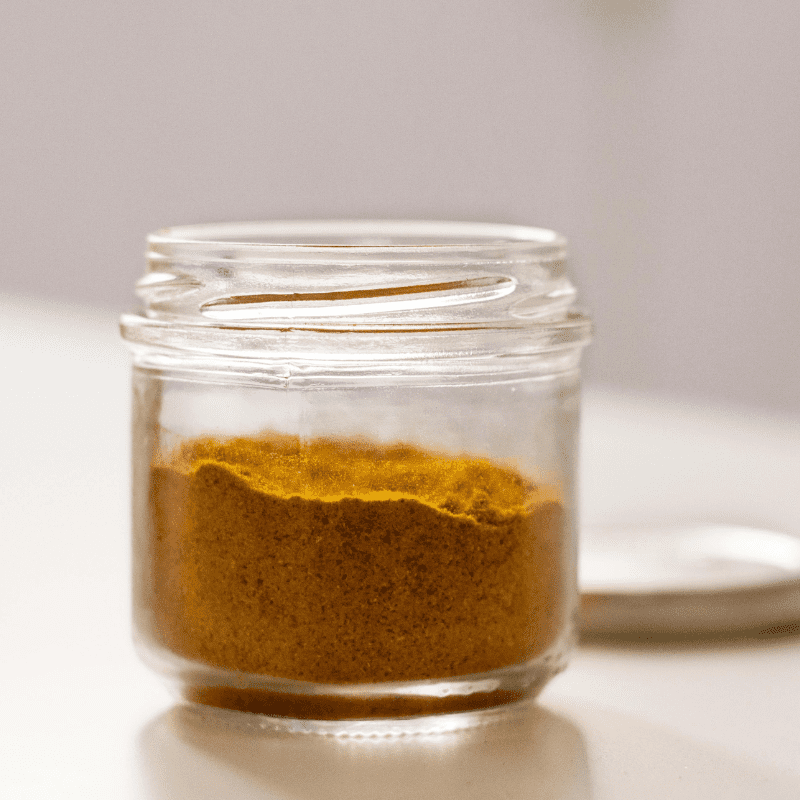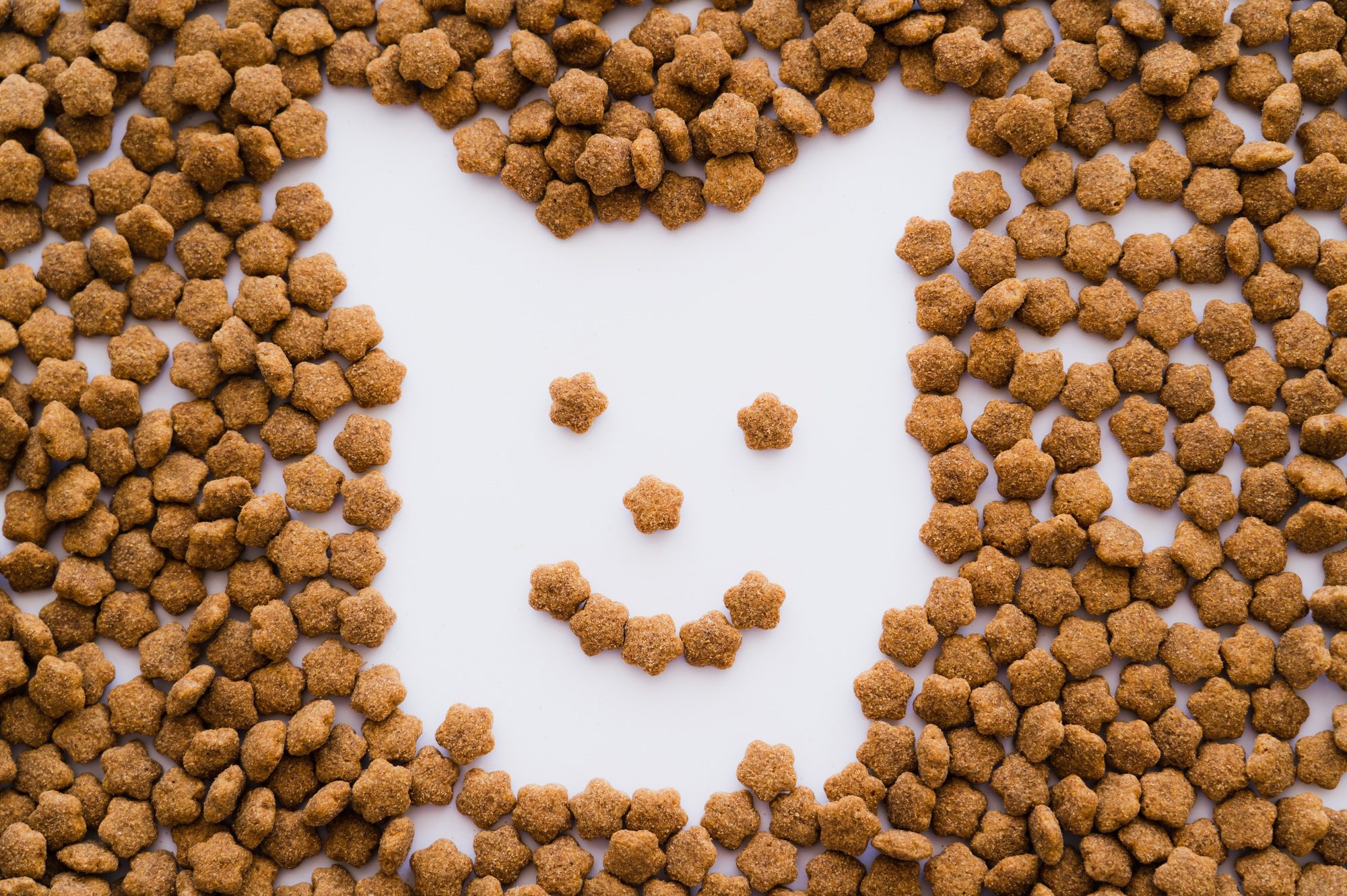Pet Food Taste
Introduction:
Pet ownership is a profound responsibility that involves providing our furry friends with not only love and care but also a well-balanced and appetizing diet. The palatability of pet food plays a crucial role in ensuring that our companions not only consume the nutrients they need but also relish their meals.
To enhance the taste and appeal of pet food, the pet industry has turned to palatability enhancers. In this comprehensive exploration, we delve into the science behind these enhancers, their types, and the impact they have on both pets and pet owners.

Understanding Palatability:
Palatability refers to the taste, aroma, and overall sensory appeal of a food product. While humans can articulate their preferences, pets rely on their senses to decide whether a particular food is palatable. Dogs and cats, the most common pets, have highly developed olfactory senses, making aroma a critical factor in their food choices.
Palatability enhancers are ingredients incorporated into pet food formulations to make them more appealing to animals, encouraging them to eat and enjoy their meals.
Types of Palatability Enhancers:
- Natural Flavorings: Natural flavorings are derived from real food sources, such as meat, fish, or vegetables. These ingredients enhance the natural aroma and taste of pet food. For example, using real chicken or beef broth can elevate the palatability of dry kibble.
- Hydrolyzed Proteins: Hydrolyzed proteins are broken down into smaller peptides, making them easier for pets to detect and enjoy. This process intensifies the flavor and aroma, making the food more enticing. Commonly used hydrolyzed proteins include chicken, turkey, or fish.
- Animal Fats: Animal fats, such as chicken fat or fish oil, contribute to the overall palatability of pet food. These fats not only enhance flavor but also provide essential fatty acids that support skin and coat health in pets.
- Digests: Digests are concentrated flavors derived from hydrolyzed animal tissues. These may include liver, poultry, or fish digests, which intensify the palatability of the food. Digests are often used in both wet and dry pet food formulations.
- Natural Sweeteners: Some palatability enhancers incorporate natural sweeteners like molasses or honey. These ingredients appeal to a pet’s sweet receptors and can make the food more enjoyable.
- Umami Enhancers: Umami is the savory or meaty taste found in certain foods. Pet food manufacturers may include umami enhancers like yeast extracts or hydrolyzed vegetable proteins to intensify this flavor, making the food more enticing to pets.

The Science Behind Palatability Enhancers:
Understanding the science behind palatability enhancers is essential for creating pet food that not only meets nutritional requirements but also satisfies the discerning palates of our pets. Various factors contribute to the effectiveness of these enhancers:
- Olfactory Stimulation: Pets rely heavily on their sense of smell to assess the palatability of food. Palatability enhancers are designed to release enticing aromas that attract pets and stimulate their olfactory senses, making the food more appealing.
- Taste Receptors: Just like humans, pets have taste receptors that detect sweet, salty, bitter, sour, and umami flavors. Palatability enhancers are formulated to activate these receptors, ensuring that the food is not only nutritious but also pleasing to the pet’s taste buds.
- Texture and Mouthfeel: The texture of pet food is another critical aspect of palatability. Enhancers are often incorporated to create a desirable texture, whether it’s the crunch of dry kibble or the tenderness of wet food. The way food feels in a pet’s mouth can significantly impact its overall appeal.

Benefits of Palatability Enhancers:
- Increased Food Intake: One of the primary benefits of palatability enhancers is their ability to increase food intake in pets. This is particularly crucial for picky eaters or pets with medical conditions that may affect their appetite.
- Nutrient Absorption: When pets enjoy their meals, they are more likely to consume a balanced diet. Palatability enhancers contribute to better nutrient absorption, ensuring that pets receive the essential vitamins, minerals, and macronutrients they need for optimal health.
- Weight Management: For pets struggling with weight management, palatability enhancers can be strategically used to encourage controlled feeding. By making the food more appealing, pet owners can maintain portion control without sacrificing taste.
- Addressing Dietary Changes: Introducing new diets or transitioning pets from one type of food to another can be challenging. Palatability enhancers help ease these transitions by making the new food more attractive to pets, reducing the likelihood of rejection.

Considerations for Pet Owners:
While palatability enhancers offer numerous benefits, pet owners should consider a few factors when selecting pet food:
- Nutritional Content: The primary focus should always be on the nutritional content of the pet food. Palatability enhancers should complement, not compromise, the overall nutritional balance of the diet.
- Pet Specificity: Different pets may have varying preferences. It’s essential to observe and understand your pet’s individual likes and dislikes to choose the most suitable palatability enhancers.
- Health Considerations: For pets with specific health conditions, such as allergies or sensitivities, it’s crucial to choose palatability enhancers that align with their dietary needs. Consultation with a veterinarian can provide valuable guidance in such cases.
- Avoid Overindulgence: While enhancing palatability is beneficial, pet owners should avoid overindulging their pets with highly palatable treats or foods. This can lead to obesity and other health issues.

Conclusion:
Palatability enhancers play a vital role in creating pet food that not only meets nutritional standards but also appeals to the discerning tastes of our beloved companions. The careful selection and incorporation of natural flavorings, hydrolyzed proteins, animal fats, digests, natural sweeteners, and umami enhancers contribute to a well-rounded and enticing pet diet.
As responsible pet owners, our commitment to providing our furry friends with not just sustenance but also enjoyable meals fosters a healthier and happier bond between us and our pets.













